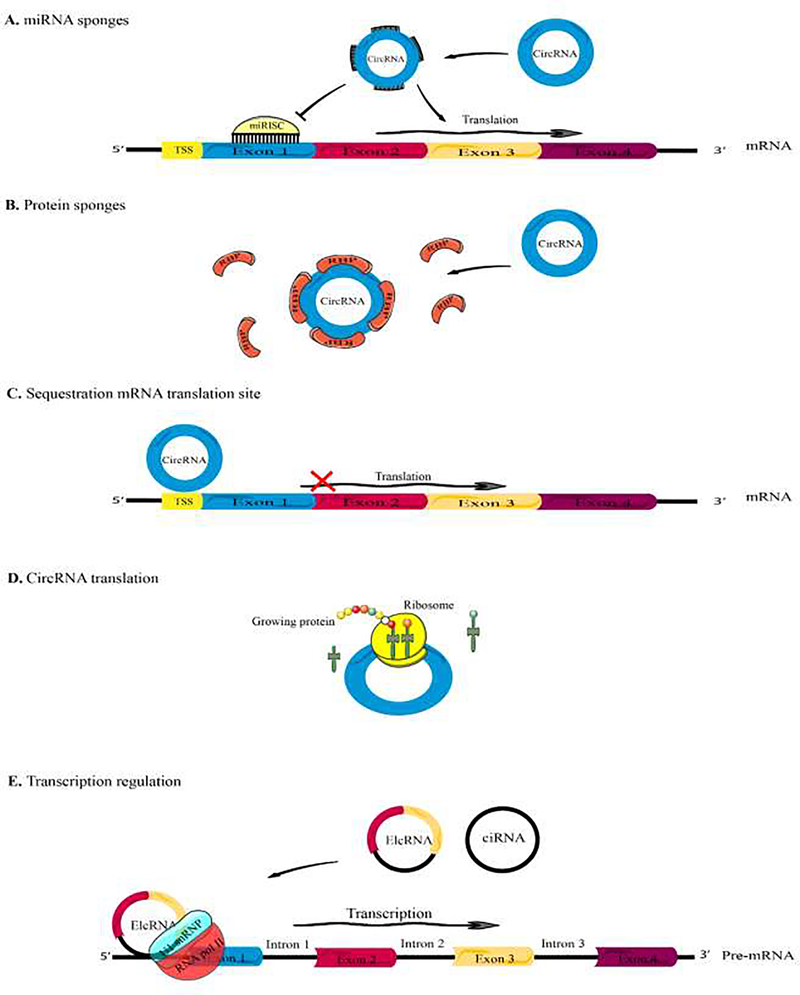Figure 2. Schematic illustration of circRNA functions.
(A) CircRNAs might function as miRNA sponges by competing for binding of miRNA sequences, lessening the impact of miRNA-mediated regulationon gene expression. (B) CircRNAs might function as protein sponges, by binding to other RNA-binding proteins (RBPs). (C) Some circRNAs might control the expression of proteins by sequestering mRNA translation start sites. (D) CircRNAs might be translated to create functional proteins. (E) CircRNAs (e.g., EIciRNAs and ciRNAs) might interact with transcription complexes and increase the expression of their parental genes.

